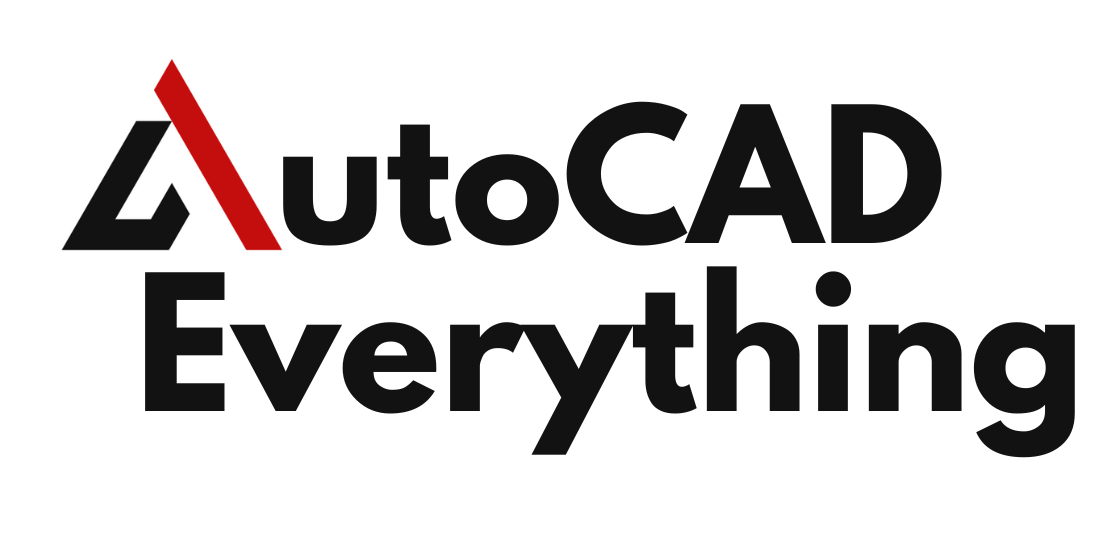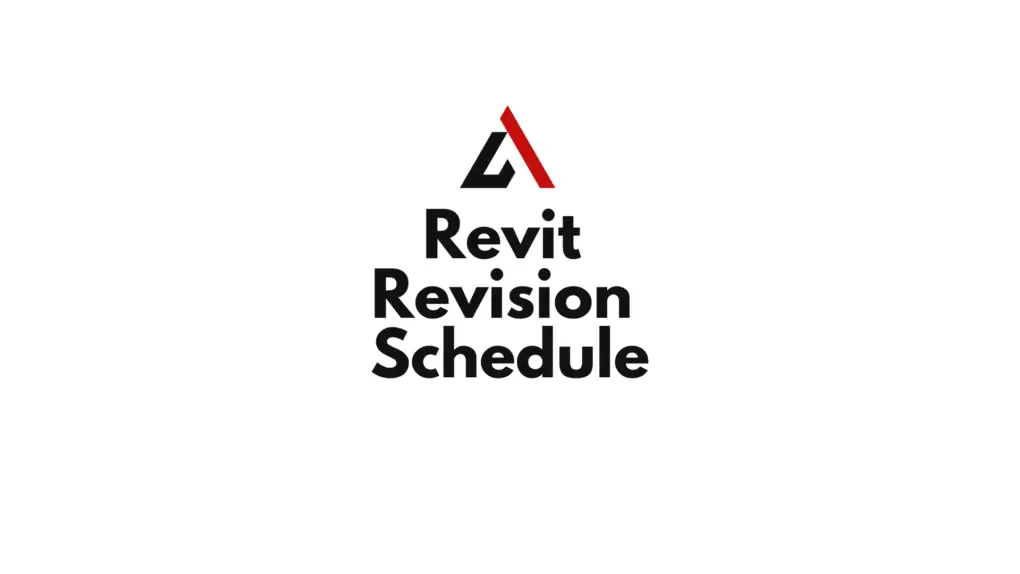Introduction
In construction projects, revisions are inevitable. Design changes occur due to client requests, engineering adjustments, or regulatory compliance. Managing these changes efficiently is critical to ensuring accurate documentation and clear communication among project teams.
In Autodesk Revit, revision schedules streamline revision tracking, making it easy to manage, document, and display changes in project sheets. By integrating revision clouds and schedules, teams can ensure that every drawing sheet reflects the latest updates.
This article explains how to create and manage revision schedules in Revit, helping professionals maintain organized and error-free construction documentation.
Table of Contents
What is a Revision Schedule in Revit?
A revision schedule in Revit is a table that tracks revisions within a project sheet. It provides details such as:
- Revision number
- Date of change
- Description of revision
- Approval status
Why Are Revision Schedules Important?
Revision schedules are essential for:
✔ Tracking changes to ensure design updates are documented.
✔ Maintaining compliance with industry standards.
✔ Preventing errors by clearly indicating what has been revised.
✔ Enhancing collaboration by keeping teams informed about modifications.
By using Revit’s built-in revision tracking tools, teams can efficiently log, display, and control changes in project documentation.

Key Components of Revit Revisions
Revit revisions consist of three main elements:
1. Revision Cloud
A revision cloud is a visual marker used to highlight changes in a drawing. It ensures that revisions are easily identifiable.
2. Revision Schedule
A revision schedule is a table on the drawing sheet that lists all modifications made to that sheet.
3. Revision Numbering
Revit allows different revision numbering methods, such as:
- Per Project: A sequential numbering system across the entire project.
- Per Sheet: A unique sequence per individual sheet.
These components work together to create a clear and structured revision tracking system.
How to Create a Revision Schedule in Revit
Creating a revision schedule in Revit involves the following steps:
Step 1: Enable Revision Tracking
- Go to the Manage Tab → Additional Settings → Sheet Issues/Revisions.
- Click New to create a revision entry.
- Set the revision date, description, and numbering method.
Step 2: Add Revision Clouds
- Open the drawing sheet where a revision is needed.
- Go to Annotate Tab → Revision Cloud.
- Draw the revision cloud around the changed area.
- Assign it to the correct revision number.
Step 3: Insert a Revision Schedule into Sheets
- Open a title block family for editing.
- Go to Create Tab → Label and select Revision Schedule.
- Place the schedule in a corner of the sheet title block.
- Save the family and load it into the project.
Step 4: Customize the Revision Schedule
- Modify the revision numbering format.
- Adjust schedule fields (e.g., adding the approver’s name).
- Enable cloud visibility settings for better readability.
Managing Revisions in Revit
1. Updating Revisions
When a new revision is added:
- Create a new entry in the Sheet Issues/Revisions manager.
- Use revision clouds to highlight changes.
- The revision schedule updates automatically on affected sheets.
2. Controlling Visibility of Revisions
Revit allows users to control how revisions appear on sheets:
- Set revision clouds to “None” once changes are incorporated.
- Keep a history of revisions for tracking purposes.
3. Assigning Revisions to Multiple Sheets
To apply a revision across multiple sheets:
- Open Sheet Issues/Revisions.
- Select the revision and choose “Show on Sheet”.
- The revision will now appear in all assigned sheets.
Best Practices for Managing Revisions in Revit
| Best Practice | Description |
|---|---|
| Use Clear Naming Conventions | Keep revision descriptions consistent (e.g., “Structural Update – Beam Size Change”). |
| Limit Revision Cloud Use | Avoid excessive clouds—only highlight significant changes. |
| Organize Revisions by Type | Categorize changes (e.g., “Client Revisions,” “Construction Adjustments”). |
| Regularly Update Schedules | Keep schedules accurate by removing outdated revisions. |
| Ensure Team Coordination | Inform all team members when a revision is issued. |
Following these guidelines ensures efficient revision tracking and error-free documentation.
Common Challenges and Solutions in Revit Revision Schedules
| Challenge | Solution |
|---|---|
| Revisions Not Updating on Sheets | Ensure the revision is assigned to the correct sheet in Sheet Issues/Revisions. |
| Too Many Revision Clouds | Delete or hide old revision clouds after approval. |
| Confusing Numbering System | Choose a consistent numbering method (per project or per sheet). |
| Missing Revisions in Schedule | Check if the schedule is included in the title block family. |
| Revision Schedule Formatting Issues | Adjust schedule column widths and alignment for better readability. |
By addressing these issues, teams can maintain clear and effective revision documentation.
FAQs on Revit Revision Schedules
How do I remove old revisions from a sheet in Revit?
In Sheet Issues/Revisions, set the revision visibility to “None” to hide old revisions.
Can I apply the same revision to multiple sheets?
Yes, in Sheet Issues/Revisions, select the revision and choose “Show on Sheet”.
Why is my revision cloud not appearing on the sheet?
Ensure the cloud is assigned to an active revision in the Revision Manager.
How can I add an approver’s name to the revision schedule?
Edit the revision schedule fields and add a custom “Approved By” parameter.
What’s the best way to keep revision history in Revit?
Maintain a consistent revision numbering system and avoid deleting revision entries.
Conclusion
Managing revisions efficiently is crucial for maintaining accurate project documentation. Revit’s revision schedules and clouding tools offer a streamlined approach to tracking design changes, ensuring clarity, coordination, and compliance.
By following best practices such as organizing revision clouds, maintaining structured schedules, and using clear numbering conventions, project teams can ensure that all revisions are properly recorded and communicated.

